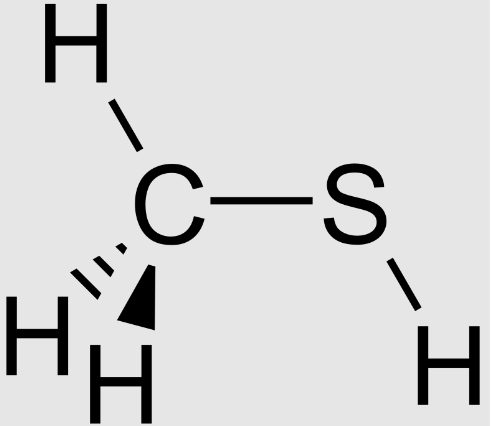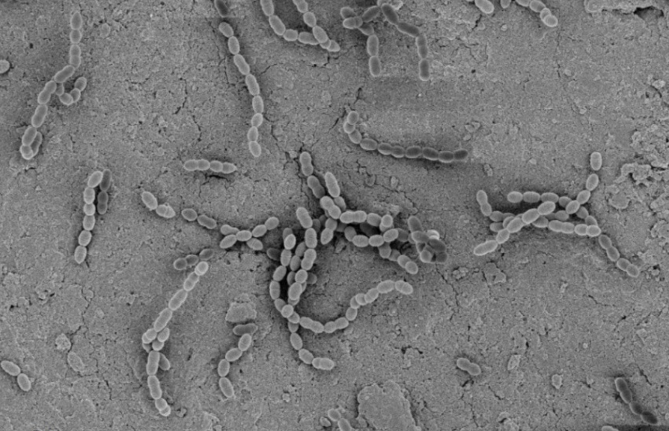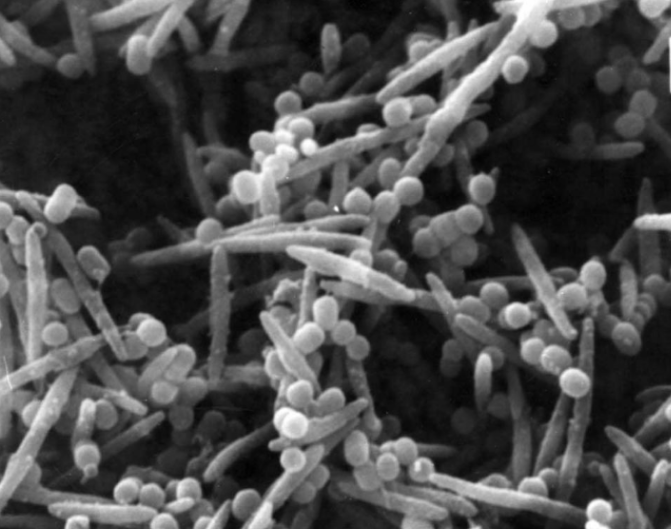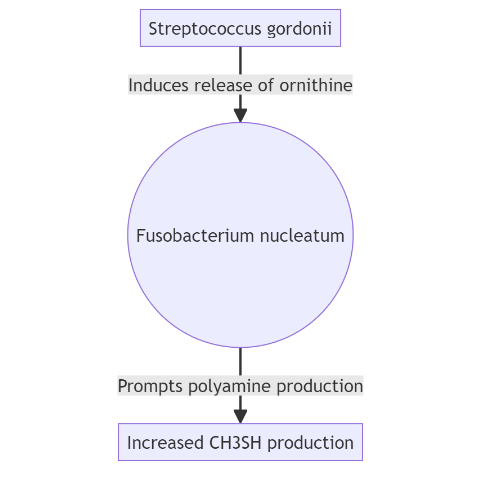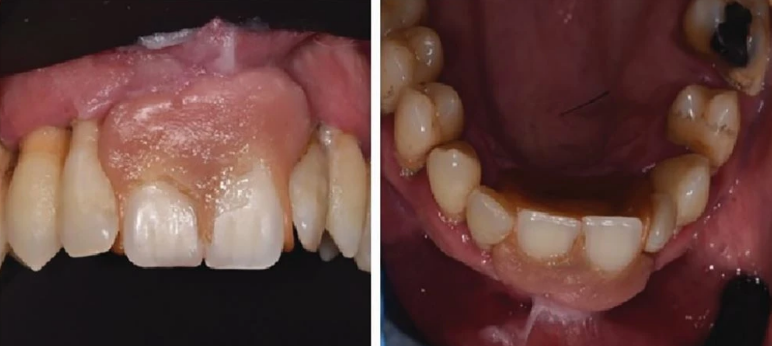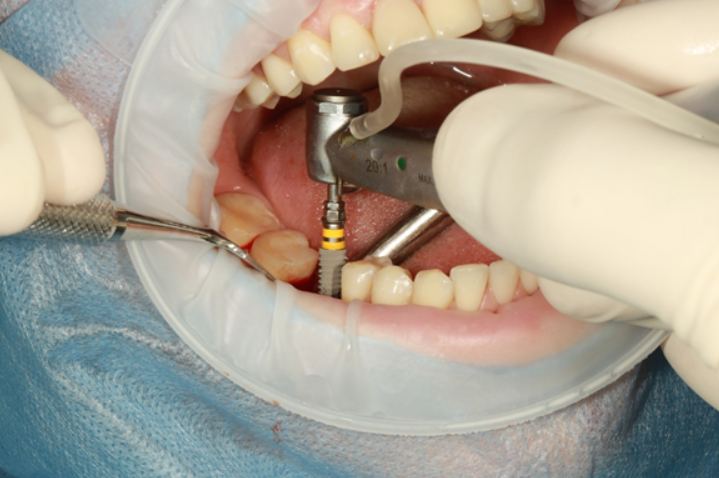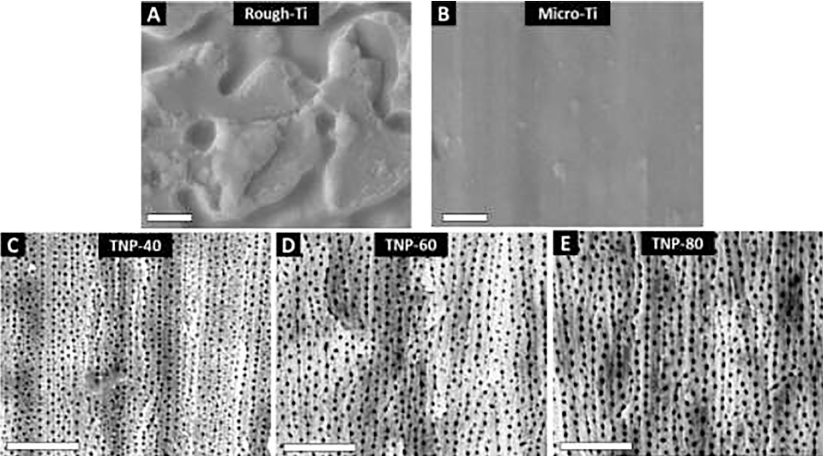The teamwork of bacteria that increase bad breath has been discovered – and what is the practical benefit of this discovery
In a groundbreaking study published in mSystems by researchers from Osaka University, a significant revelation has been made regarding the origin of foul breath. This research sheds light on the intricate interplay between oral bacteria, unveiling a particular combination responsible for the production of malodorous compounds, notably methyl mercaptan (CH3SH).
Unveiling the Mystery of Bad Breath
Bad breath, medically known as halitosis, arises from the breakdown of organic matter by oral bacteria, leading to the emission of volatile sulfur compounds. Among these, methyl mercaptan stands out as one of the most pungent offenders, contributing significantly to the unpleasant odor experienced by individuals suffering from halitosis.
The Role of Oral Microbiota
The human oral cavity hosts a diverse array of microbial species, with bacteria playing a central role in the development of halitosis. However, until recently, the specific bacterial species responsible for CH3SH production remained elusive, hindering targeted therapeutic interventions.
Insights from Advanced Research Techniques
Utilizing innovative methodologies, the research team at Osaka University endeavored to unravel the complexities underlying CH3SH production. By employing a large-volume anaerobic co-culture system, they simulated the oral environment, enabling the investigation of bacterial interactions at a heightened level of realism.
A Tale of Bacterial Interaction
Through meticulous experimentation, the researchers identified a crucial interaction between two prevalent oral bacteria: Streptococcus gordonii and Fusobacterium nucleatum. Contrary to previous assumptions, it was revealed that S. gordonii serves as a catalyst for CH3SH production by F. nucleatum, thereby implicating it in the genesis of halitosis.
Unraveling the Mechanisms
Further elucidating the intricacies of this symbiotic relationship, the study delineated the biochemical pathways underlying CH3SH synthesis. Notably, S. gordonii was found to induce the release of ornithine, a key precursor for polyamine production in F. nucleatum. Subsequent activation of the methionine salvage pathway culminated in heightened CH3SH generation, perpetuating the cycle of oral malodor.

CH3SH generation by l-methionine metabolism of oral bacteria. (A) Changes in CH3SH production under various pH conditions. Bacterial cultures were supplemented with 5.0 mM l-methionine. Results are normalized with the final OD and shown as the mean ± SD of three independent experiments. (B, C) Enhancement of CH3SH production by coculturing with S. gordonii (B) or A. naeslundii (C). Bacterial cultures were supplemented with 0.5 mM l-methionine and adjusted at the final pH 6.5. Results are shown as the mean ± SD of three independent experiments. *P < 0.05, **P < 0.01 (two-tailed paired t-test); N.D., not detected. Fold changes in CH3SH amount were calculated using the following equation: fold = (amount of CH3SH formation in coculture)/(amount of CH3SH formation in single culture of F. nucleatum, P. gingivalis, P. intermedia, or F. alocis) + (amount of CH3SH formation in single culture of S. gordonii or A. naeslundii). All cultures were anaerobically incubated for 16 h, as described in Materials and Methods.
Implications for Oral Health
The implications of these findings extend beyond mere olfactory discomfort, offering potential insights into the prevention and management of halitosis. By targeting the specific bacterial interactions identified in this study, novel therapeutic strategies may emerge, heralding a new era in oral care.
Future Directions
As research in this field continues to evolve, there remains ample scope for further exploration. Future studies may delve into the development of targeted antimicrobial agents or probiotic formulations aimed at modulating the oral microbiota and mitigating halitosis.
In conclusion, the study conducted by researchers from Osaka University represents a pivotal advancement in our understanding of halitosis etiology. By elucidating the intricate dynamics of bacterial interactions within the oral microbiota, this research paves the way for targeted interventions aimed at combating bad breath at its source.
Sources
- Science Daily – When it comes to bad breath, some bacterial interactions really stink – February 15, 2024;
- ASM Journals – Interspecies metabolite transfer fuels the methionine metabolism of Fusobacterium nucleatum to stimulate volatile methyl mercaptan production – January 30, 2024

